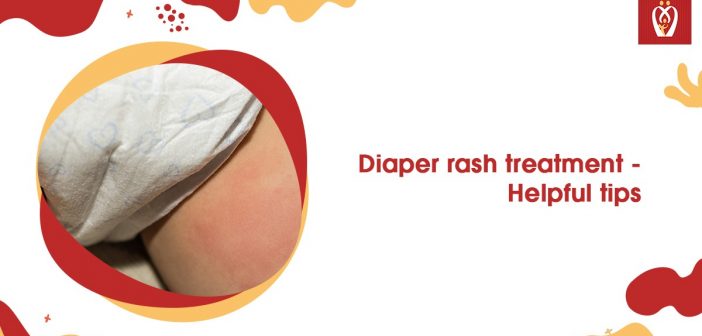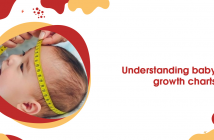It is not uncommon for newborns and toddlers to suffer from diaper rash. If they are left untreated, they might lead to red spots and scales on the child’s derriere. Rashes can extend up the child’s legs and even to the stomach in some situations. In warm, damp places, diaper rashes are prevalent. That makes diapers ideal breeding grounds for a diaper rash. Diaper rash can be exacerbated by factors such as
- overly tight diapers
- sensitive and irritated skin
- antibiotics
- new foods
Because of the combination of wetness and friction, diaper rash is common. Skin redness and irritation are common side effects of diapers that contain pee and faeces. Any product that comes into contact with your child’s skin can cause an allergic response. Fortunately, diaper rash can be treated at home for most minor instances. Make use of the following advice to help ease your child’s diaper rash pains.
When changing a baby’s diaper, be sure to do it often
As quickly as possible, you should change your child’s diaper. A rash can be caused by as little as a droplet of the moisture trapped beneath the surface of the skin. If your child has an active diaper rash, it’s very important to change even slightly damp diapers right away.
Switch to disposable diapers
Even though cloth diapers offer many advantages, diaper rash is not one of them. Until the diaper rash clears up, try using super-absorbent disposable diapers. They’ll keep your child dry, and they’ll help speed up the healing process as well.
Use the size of the diaper
Wearing diapers that are too big or too small might increase the risk of diaper rash and make it more difficult to treat an active rash. The increased moisture and faster rash growth that can be caused by a tight diaper are well-known. A diaper that’s too big might cause rashes to get worse by rubbing and causing friction. Make sure you know your child’s diaper size.
Keep everything sanitary and dry
Keeping your baby’s diapers dry and clean is the most critical action you can take to avoid and treat a rash. Using a soft cloth or water from a bottle, carefully clean the diaper region after each diaper change. If you’re going to use a wipe, use it gently.
Avoid using wipes containing alcohol, and avoid rubbing the skin too forcefully. When your child has a rash, it may be beneficial to let him/her go without a diaper for a while. For a diaper-free time, you can put disposable waterproof pads or towels down.
Apply calming creams
Using zinc-rich pastes or barrier creams can help soothe and protect the skin from faeces and other irritating substances. Apply a thin layer to keep your baby’s skin from being exposed to faeces or pee. Jelly-like products like Vaseline may be perfect because they are affordable and usually free of colours or scents.
When you should take your child to the paediatrician for an appointment
Diaper rashes may appear to be uncomfortable and itchy, but they are usually not a problem for your child. An exception to this is an infected rash. A paediatrician should be called in to treat an infected diaper rash. An appointment should be made as soon as you feel that your baby’s diaper rash is infectious. Some symptoms of serious diaper rashes are
- blisters on the diaper area
- fever
- redness
- inflamed and pus discharge
- a rash that doesn’t go away or gets worse after therapy
Candidiasis, a secondary fungal or yeast infection, can arise from the rash on your newborn. It looks to be a vivid, reddish-orange colour. Outside of the diaper area, on the abdomen or thighs, it can be found in the folds of the skin with red rashes. If you observe any of these symptoms, see your doctor or nurse. If your doctor suspects that your infant has a fungal diaper rash, they may prescribe an antifungal cream.
You may rest assured that your child is on track to fulfil all of his or her developmental milestones thanks to the Nurturey Pink Book. You may keep track of forthcoming milestones, book appointments and much more using Pink book’s tools. In addition, the Pink Book can help you keep track of your pregnancy and provide you with useful information.







